
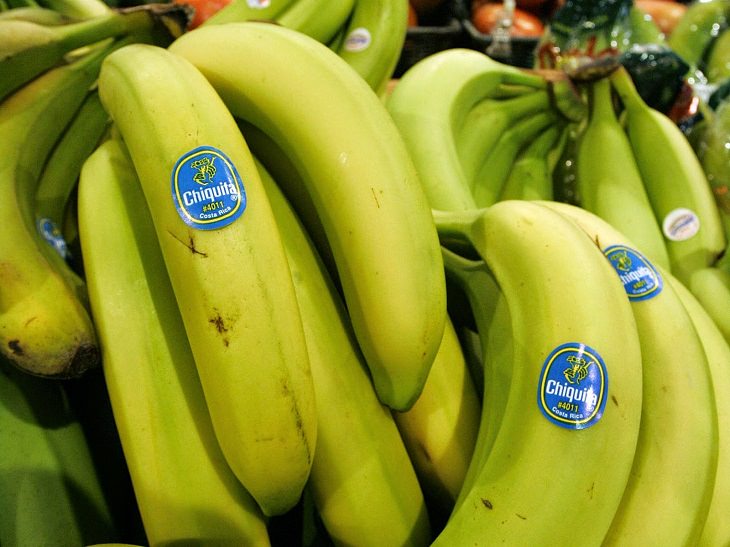
However, these unassuming stickers are more informative than you’d think. While the PLU is the “price lookup” number and identifies your fruit or vegetable, it also helps to identify something else: how the particular produce was grown. By reading this code, you can tell if the fruit has been genetically modified, grown organically, or produced using chemical fertilizers, herbicides, or fungicides. That’s right, the story about where your fruit comes from has been right under your noses all along – you just have to know how to analyze the labels and PLU number. This is actually a lot easier than you’d imagine.
Below are some of the basics of what you need to know. This is then followed up with an informative video that will provide you with more information.
1. If the PLU only consists of four numbers, this means that the produce was grown conventionally or “traditionally” with the use of pesticides. The four letters (or only four in this case) of the PLU code simply indicate what type of food you are buying. For example, all bananas are labelled with the code 4011.
2. If the PLU consists of five numbers, and the first number is 8, this indicates that the produce has been genetically modified. These fruit and vegetables have been created in an unnatural way, and cannot be found in nature. A genetically engineered banana would be 84011.
3. If the PLU consists of five numbers, and the first number is 9, this tells you that the produce has been grown organically and has not been genetically modified. An organic banana would be 94011.
Interestingly enough, the glue used to attach the stickers to the food is considered food-grade, but the stickers themselves are not safe to consume.
If you’re looking to be super aware of what fruits and vegetables have been treated with pesticides and which have not, you should check out the homepage for the Environmental Working Groups. The EWG have compiled two lists to help consumers identify which produce is generally cleaner and which produce have been tampered with; as well as the "Clean Fifteen", and the "Dirty Dozen".
The top 5 for the “Clean Fifteen” produce are:
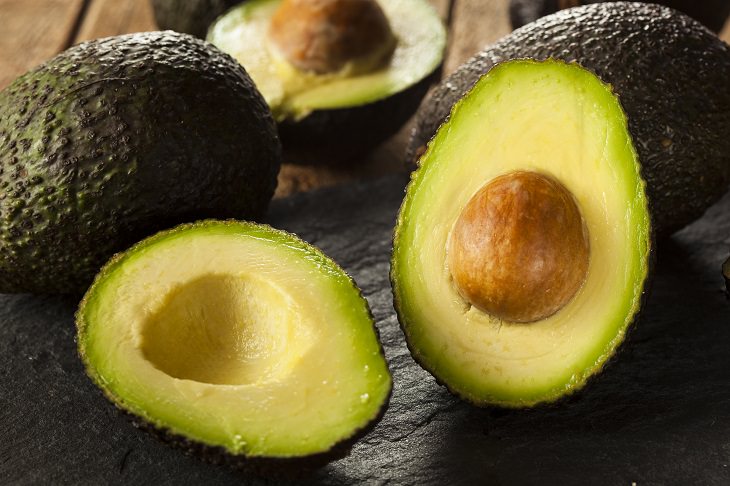
1. Avocados
2. Sweet corn
3. Pineapple
4. Cabbage
5. Sweet Peas (Frozen)
The top 5 for the “Dirty Dozen” produce are:
1. Strawberries
2. Apples
3. Nectarines
4. Peaches
5. Celery
Bonus Video: The informative video below will give you more information on the truth behind food labeling.
H/T: tiphero
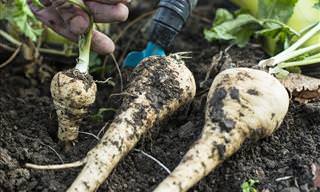
Wow! I Never Knew Parsnips Have so Many Health Benefits!
Not only are parsnips tasty, but they're extremely good for you as well. Here are 6 health benefits of the humble parsnip.
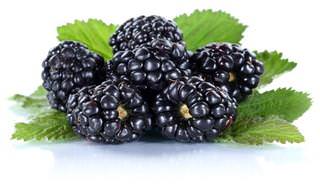
Here Are the Many Health Benefits of Blackberries
Get ready to learn about 8 of the most important health benefits that blackberries have to offer us.
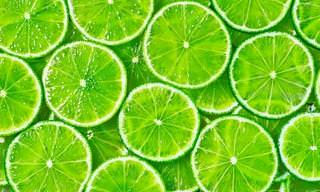
10 Health Reasons Why You Should Eat More Limes
Limes can do much more for our skin and overall health than just adding a refreshing zest to a drink, cleansing our body and boosting our immunity.

These New GMO Foods Could Soon be in a Shop Near You!
Scientists are creating new genetically modified foods all the time, and here you’ll find the latest foods that have been designed with the consumer in mind.
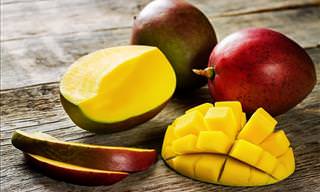
8 Fantastic Health Reasons to Add Mangos to Your Diet
Mangos are some of the healthiest fruits on the planet. Here are 8 health benefits of this tasty fruit.

We Bet You Don't Know How Your Favorite Foods Are Grown!
Ever wondered how peanuts grow? Or what cocoa actually looked like before it was harvested? Well, you've come to the right place!

Are Your Sofa Cushions Sagging? Here's What to Do
Got saggy sofa cushions? Here's what to do.

NEVER Do These 7 Things When Using a Power Strip
These are 7 safety tips you should always follow when using a power strip to avoid disaster
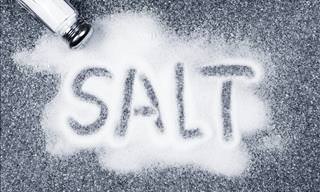
16 Extraordinary Table Salt Uses That No One Knows About
Salt is one of nature's most vital things, but did you know how useful it really can be? Here are 16 benefits of using salt around the house.

Learn How to Grow Your Favorite Fruit and Veggies Indoors
All these plants are delicious, packed full of healthy nutrients and easy-to-grow even if you don’t have a yard or garden
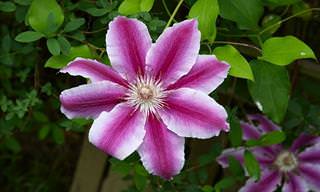
10 Poisonous Flowers Every Gardener Should Know About
Flowers add an array of color to your garden, but some of these are actually quite toxic. Here are 10 of that you should be aware of.

DIY Secrets: Make Your Own, Home-Made Ziploc Bags!
This video will teach you how to make your own home-made Ziploc bags.

10 Natural Ways to Get Rid of Mice In Your House!
There are ways to deal with a mice infestation in your home in an efficient and humane way.
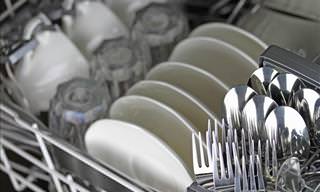
This is the Right Way to Load a Dishwasher For Best Results
What's the best way to load your dishwasher? Find out in this guide.
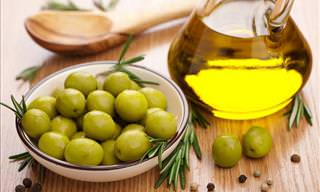
Fake Olive Oil: Here's How You Can Spot It!
If you want to know whether the olive oil you have bought is real or an imposter, here's how you can tell!

Guide: How to Get Rid of 18 Bad Odors in the House
Familiarize yourself with the 18 items that can help eliminate, neutralize, prevent, and mask any unpleasant smells in every area of your home.

These Cool Charts Will Make Your Christmas So Much Better
These cool charts will make your Christmas so much better.

Learn This Amazing Two-Step Fix For Scratched Furniture
You can give your scratched furniture a whole new lease of life by learning this super-easy two-step solution. Take a look.

DIY: Make Your Own Wall Stencil in 8 Easy Steps
Get a designer look for half the price. This easy DIY guide will show you how to make a beautiful wall stencil in 8 easy steps.

The Right Way to Fold a Sweater and Keep it Lasting Longer
This guide will teach you exactly how to fold your sweaters.
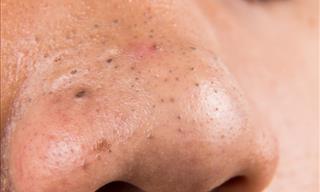
5 Natural DIY Remedies for Blackhead Removal
In this article, we'll teach you to get rid of blackheads using 5 easy and effective at-home methods
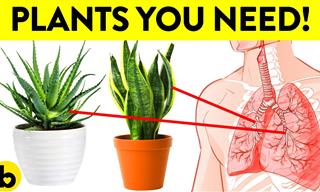 7:59
7:59
These Are the 8 Healthiest Plants To Have In Your Home
Houseplants have health benefits, from cleaning the air around you to boosting your mood. Learn which ones are the healthiest to have around.
 3:44
3:44
Got an Egg Slicer? Here's What You Can Use It For
Creative ways on what to do with your egg slicer. Impressive!
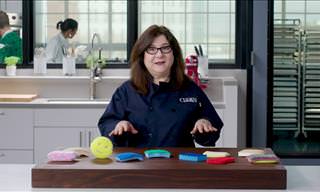 5:30
5:30
How to Choose the Best Kitchen Sponge for Your Home
What things should you consider when choosing the best kitchen sponge for your home? This video explains...
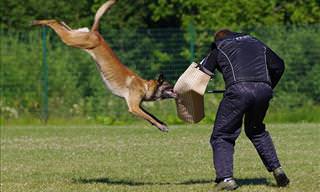
Guide: How to Effectively Deal with a Dog Attack
These 15 tips will help protect you before, during and after a dog attack.
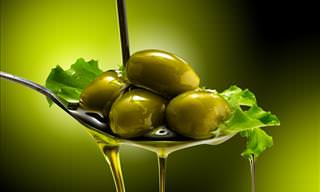
Olive Oil Has so Many Different Uses - Here Are 25 of Them
Olive oil has so many different uses it's unreal. Here are 25 uses of olive oil that you may not have heard of!
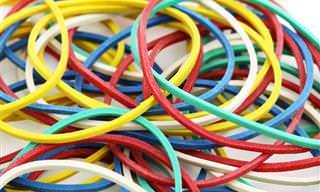
62 Great Uses For Things You Have at Home!
If you keep finding random objects around your house such as rubber bands and old clothespins, don't throw them away just yet!
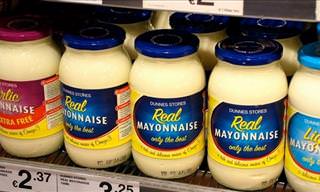
10 Excellent Uses for Mayonnaise Around the House!
Mayonnaise is a great complimentary condiment for food, but did you know there are multiple non-food-related uses for this kitchen staple?
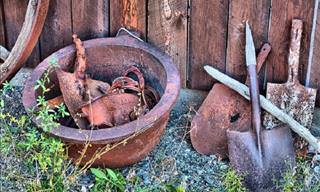
Some Great and Cheap Ways You Can Remove Rust from Metal
Where's there's metal, there's rust - it's an ever annoying problem. These remedies allow you to restore rusty items without using harmful chemicals!
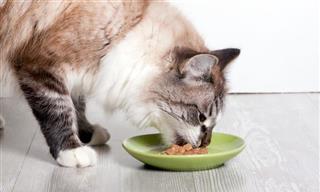
GUIDE: Are You Feeding Your Cat Right?
To help cat owners with this task, we've created a guide on the recommended daily amount and type of food to feed their cats.
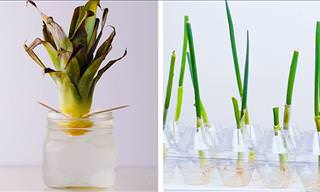 10:03
10:03
These 20 Hacks Will Make Gardening So Much Easier!
This rapid-fire video gives you tips on not only how to manage and maintain your garden, but even make use of normally useless items!
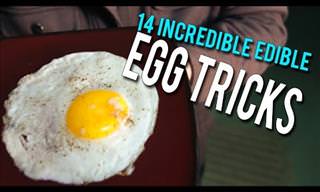 19:17
19:17
14 Incredible Egg Tricks For Egg Lovers
14 tricks and tips for cooking eggs!
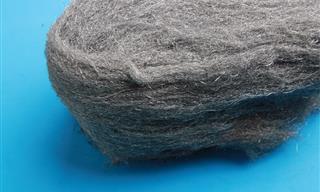
Quick! Grab Some Steel Wool, and Here's What You Do...
We have compiled 11 tips for various household uses, along with a bonus tip you can use on a field trip.
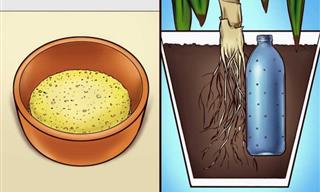
How to Revive Your Plants to Shiny Green Again
To help you out, we've put together a comprehensive guide that covers eight signs of plant sickness and provides solutions to restore their health and beauty.

Choose the SAFE Way to Remove Mold From Your Home
Mold is not only unsightly, it can also be a health risk. Learn how to recognize it and get rid of it with ease.
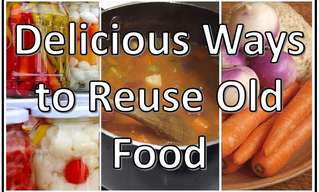
WAIT! Don't Throw Out Your Old Food Just Yet...
Whether you're a penny-pincher or just don't like wasting food, these 16 tips will show you what you can do with food you used to throw away.
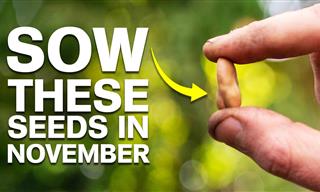 8:29
8:29
This Seed Can be Planted as Late as November!
Sad to be parting with your outdoor garden during the winter months? This seed can be planted as late as November!

10 Great Survival Tips That We All Need to Know!
If you find yourself in a life or death situation it's important you know what to do. These 10 tips could save your life!
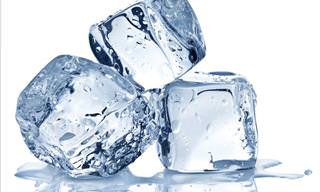
This Ice Cube Hack Will Keep Your Burger Juicy
Check out these essential tips to ensure a juicy burger.
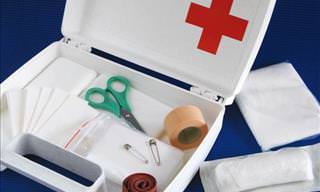
In Case of an Emergency, Keep These 14 Things In Mind
These are essential items for your family emergency kid recommended by the American Red Cross and FEMA which will help protect yourself and your family during an emergency.
 3:05
3:05
Use This Tip to Slice Onions Safely, Easily & Beautifully
Slicing onions using only a knife is very difficult - and quite dangerous too. But with this amazing tip you'll keep your fingers safe and the slices perfect!

Body Language Guide: 17 Mistakes We All Make
We give ourselves away all the time. Learn the common body language mistakes we all do so you can protect your inner thoughts.
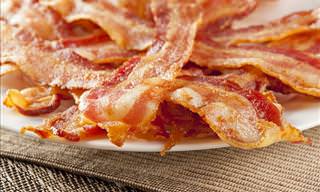
There's a Reason Our Grandmothers Stored Bacon Fat
What are the uses for bacon fat? You'll be surprised what you can do with it.
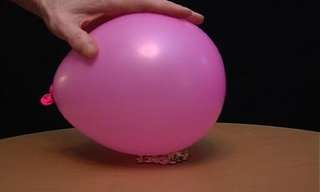 3:12
3:12
Challenge Your Friends to 10 Bets They Can Never Win!
Amaze and annoy your friends by showing them off with these 10 "unbeatable" bets!

Is Your Garden Healthy? Test It with These Soil Tips
How healthy is your garden? Test it out with these helpful tips.

Here's All You Need to Know about Travel Medical Insurance
Planning a trip abroad? This guide will teach you everything you need to know about travel medical insurance!
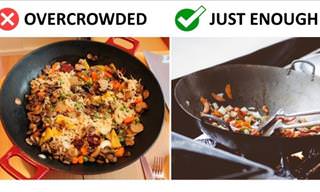
Why You Shouldn’t Use Olive Oil To Fry Or Braise Food
Stovetop cooking is very versatile, but most people are disappointed with this cooking method because they make one of these 10 mistakes...


